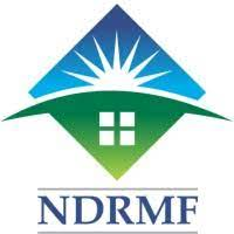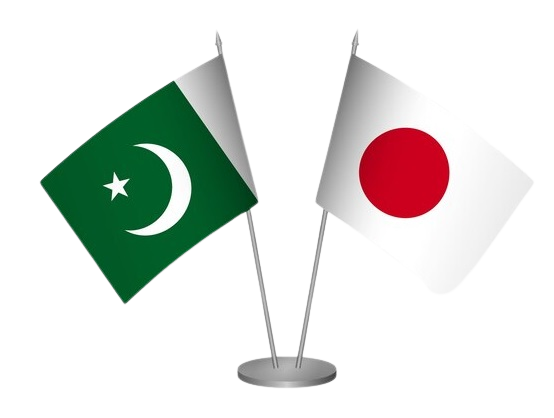CLIMATE CHANGE


Empowering Communities for a Sustainable Future
We strive to enhance the people’s quality of life and overall health by implementing sustainable practices. Our efforts are centered on developing disaster risk reduction and management strategies, advocating for eco-friendly solutions, such as clean energy generation, constructing resilient infrastructure, and fostering a deeper understanding of climate change through both theoretical knowledge and practical solutions.
Mitigation - Climate Action - Adaptation
The Urgency of Climate Action
Time is running out. The impacts of climate change are accelerating, with rising temperatures, extreme weather events, and ecological disruption. We must act now to reduce emissions, transition to sustainable practices, and safeguard our planet for future generations. Join us in the race against time to secure a sustainable future.

SDGs and Climate Action
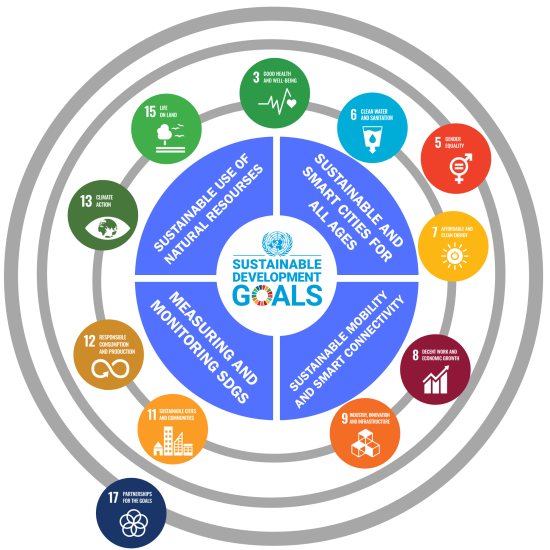
Directly Aligned

Indirectly Aligned

Our Projects
Fly Ash Bricks: Turning Waste into Sustainable Building Blocks
KnK Japan has made fly ash bricks a cornerstone of its sustainability efforts. These bricks are crafted from recycled fly ash, an industrial byproduct of thermal power plants, turning a potential pollutant into a valuable resource. Using fly ash bricks in construction brings multiple environmental and structural benefits.
This approach reduces pollution and preserves natural clay (topsoil) by avoiding traditional clay brick kilns and raw clay extraction. Fly ash bricks are lighter and more durable than conventional clay bricks, easing handling and improving building longevity. They also offer better thermal insulation, helping maintain comfortable indoor temperatures more efficiently. Importantly, each fly ash brick avoids roughly 0.5 kg of CO₂ emissions compared to a standard clay brick. Together, these advantages reflect KnK Japan’s commitment to innovative, eco-friendly solutions and a sustainable future.
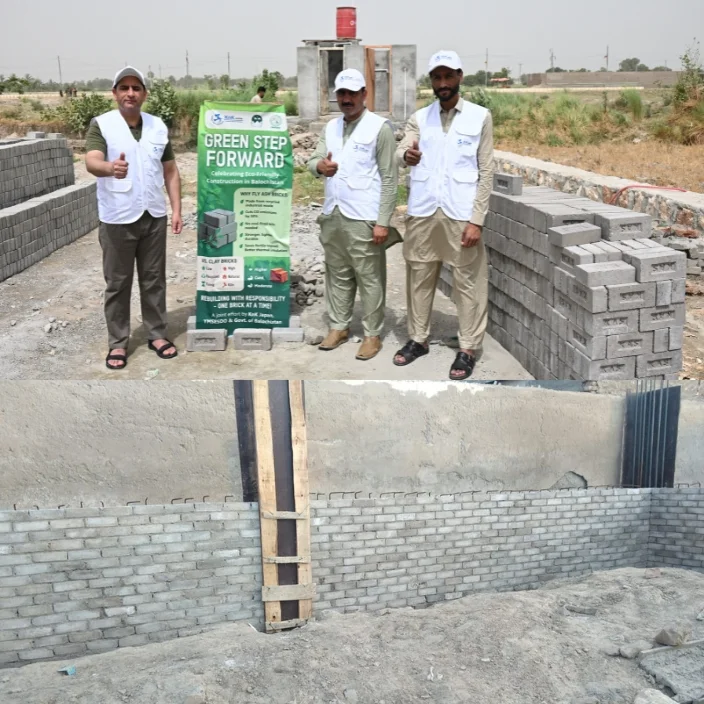
CO2 Emission Reduction Impact (Fly Ash Bricks)
By incorporating fly ash bricks in our projects, KnK Japan contributes to the reduction of CO2 emissions, supports sustainable construction, and minimizes environmental impact.

Adoption of Eco-Cement for Sustainable Construction
KnK Japan integrates eco-cement/green ecemet into its construction to reduce carbon emissions. Made by partially replacing limestone with industrial byproducts like fly ash or slag, eco-cement lowers the environmental impact of production while maintaining strength and durability. This approach supports our commitment to sustainable, climate-resilient infrastructure.
Flood-Resistant Infrastructure: Pile Foundations and Stem Wall Construction
In flood-prone areas, KnK Japan ensures infrastructure safety through flood-resistant techniques like pile foundations and elevated stem walls. Pile foundations anchor buildings deep into stable ground, countering weak soil and resisting flood and seismic forces. Structures are raised up to five feet above expected flood levels, while stem walls provide added protection against erosion and water damage ensuring long-term durability and safety.
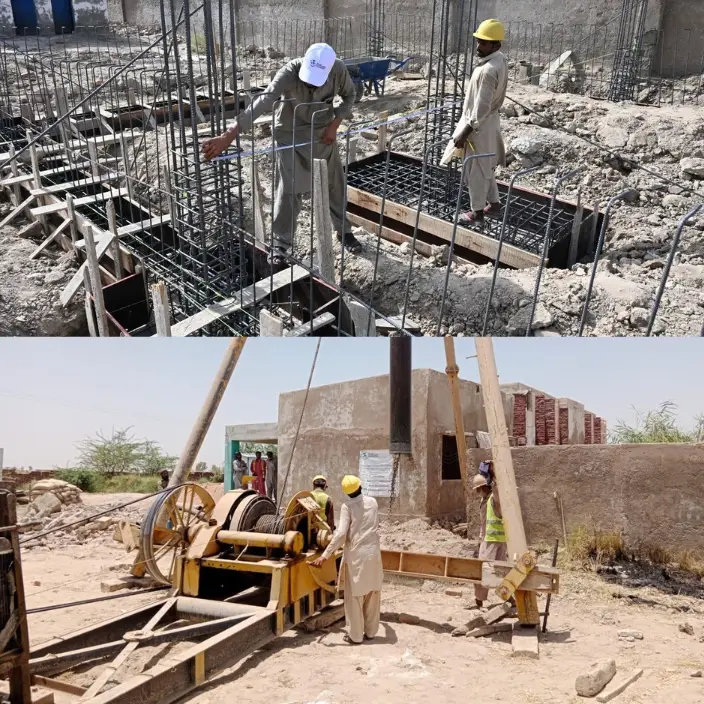

Green Infrastructure: Promoting Resilient and Sustainable Development
KnK Japan is also integrating green infrastructure into its projects, ensuring that the buildings are not only environmentally sustainable but also adaptable to climate change. Green infrastructure features, such as green roofs, rainwater harvesting systems, and solar panels, help to reduce the environmental footprint of buildings while enhancing their resilience to climate impacts.
Green roofs help to reduce the urban heat island effect, improve air quality, and provide additional insulation for buildings. Rainwater harvesting systems capture and store rainwater, providing a sustainable water source for non-potable needs and reducing reliance on local water supplies. These systems also help mitigate the effects of floods by capturing excess rainwater.
Solar panels installed on the roofs of buildings help reduce energy consumption from non-renewable sources. This integration of renewable energy ensures that the buildings operate more sustainably and contribute to the reduction of greenhouse gas emissions.
Clean Energy: Solarization and Sustainable Power Supply
KnK Japan is committed to promoting clean energy solutions in all its projects. By installing solar panels on buildings, we reduce the reliance on fossil fuels and provide communities with access to renewable energy. This contributes to the overall reduction in carbon emissions and ensures that the infrastructure we build is energy-efficient and sustainable.
We also use polarization techniques to maximize the energy efficiency of solar power systems. By employing these techniques, the energy produced by the solar panels is optimized, ensuring that the systems perform efficiently even in regions with varying sunlight levels.
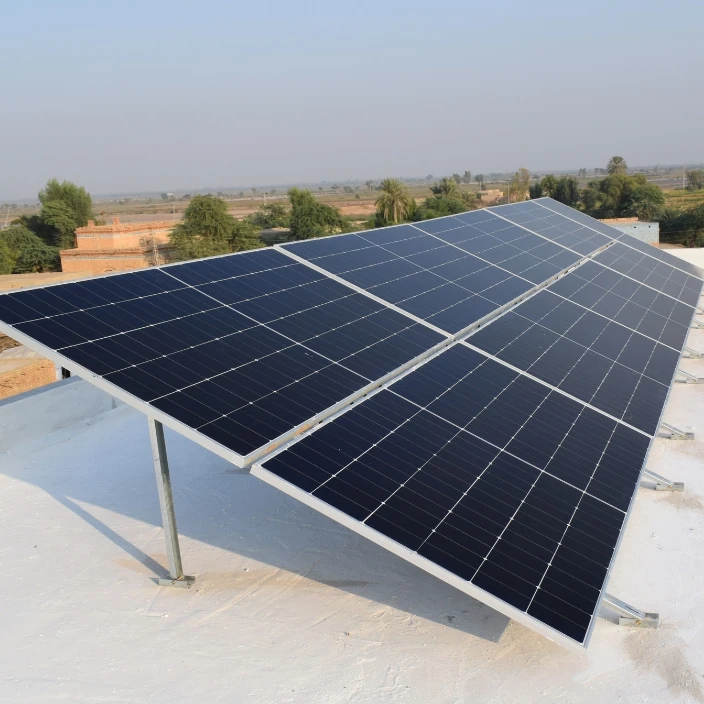
Key Outcomes and Impact
KnK Japan’s ongoing efforts to integrate sustainable practices into our infrastructure projects have yielded significant benefits for both the environment and the communities we serve:

Reduction in Carbon Emissions

Enhanced Flood Resilience

Promotion of Clean Energy
KnK Japan’s efforts to build climate-resilient infrastructure that is both environmentally sustainable and disaster-resistant are key to helping communities adapt to and mitigate the impacts of climate change. Our projects not only contribute to the environmental health of the region but also provide safe, reliable, and sustainable infrastructure for the communities that need it most. Through these efforts, KnK Japan is fostering a greener, more resilient future in Pakistan.
Empowering Resilience: Our Commitment to Disaster Risk Reduction
Our dedication to building resilience in communities through disaster risk reduction efforts emphasizing the empowerment and commitment of our organization to address and mitigate disaster risks.
- Partnerships and international corporations
- Community preparedness
- Education and awareness
- Eco-system-based approaches
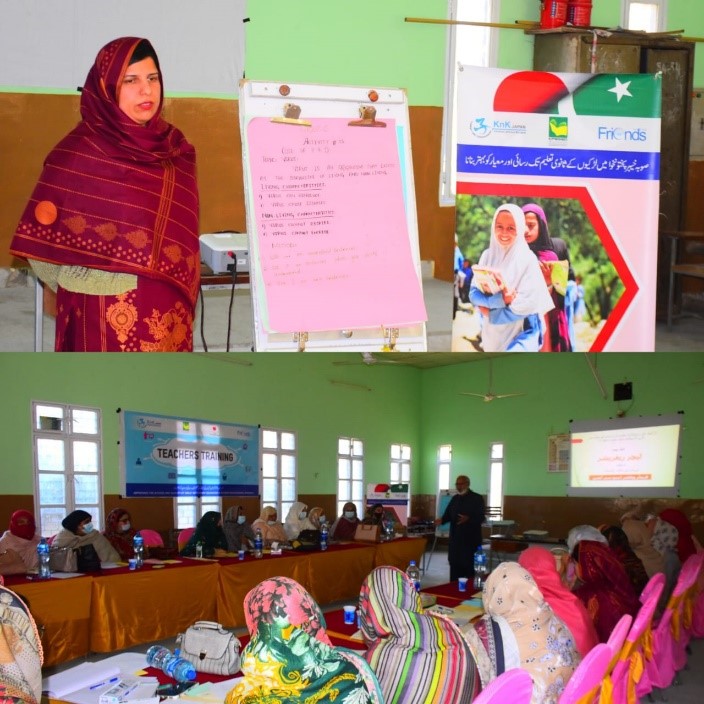

Creating a Strong Foundation: Building Resilient Infrastructure
This reflects our organization’s focus on developing robust infrastructure that can withstand disaster and promote sustainability, emphasizing our dedication to strengthening communities through infrastructure projects.”
- Improved Infrastructure that can handle floods and earthquakes
- Has better communication and transportation system
Nurturing Nature: Efforts for a Clean and Green Environment
Our organization’s commitment to environmental stewardship and emphasize our work toward maintaining a clean and sustainable environment through nurturing and proactive efforts.”
- Green energy- usage of solar panels
- Improved sanitation systems/services


Elevating Well-Being: Our Path to Enhancing Life Quality and Health
Our mission to improve people’s well-being by enhancing their quality of life and health showcasing our dedication to positive change and growth.”
- Access to basic needs
- Economic stability
- Community resilience
- Environmental quality
- Social equity
Reviving Our Planet: Our Reforestation Initiatives
Plantation : Our role in reviving the planet through reforestation efforts, emphasizing our commitment to restoring and preserving natural ecosystems for a sustainable future
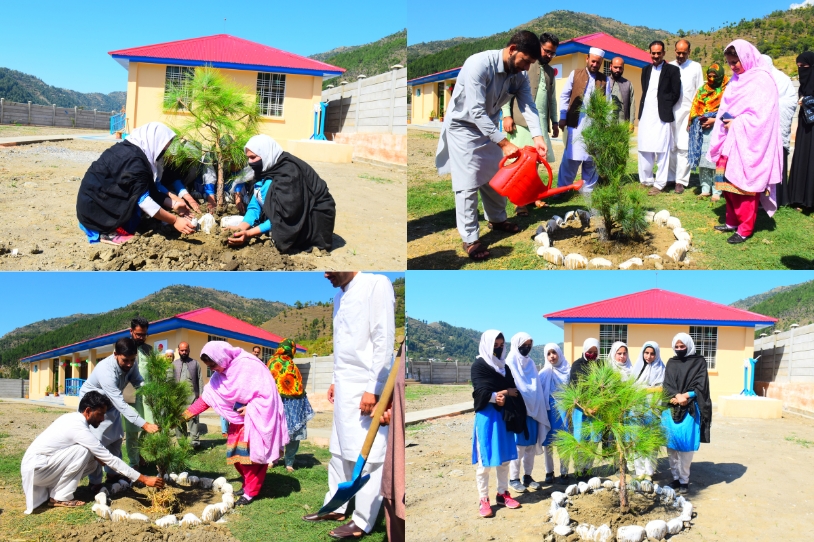
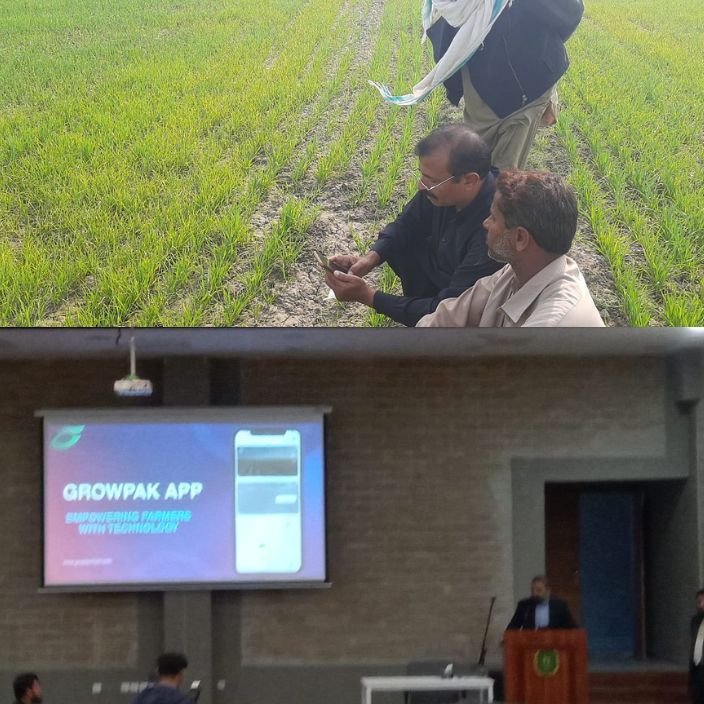
KnK Japan’s Climate Smart Agriculture Initiative with GrowTech Sole
In response to climate change, water scarcity, and food insecurity, KnK Japan has partnered with GrowTech Sole to implement Climate Smart Agriculture (CSA) solutions in vulnerable regions of Pakistan.
Key Objectives:
- Smart Irrigation: Introduction of efficient irrigation systems (drip, pivot, sprinkler) to optimize water use.
- Capacity Building: Training farmers in CSA techniques and technologies.
- Resource Efficiency: Promoting practices that reduce water and energy use while maintaining crop yields.
Irrigation Technologies
- Drip Systems: Targeted water delivery with minimal waste.
- Pivot Systems: Uniform coverage for large fields.
- Sprinklers: Versatile for diverse terrains and crops.
Sustainable Practices
- Use of climate-resilient seeds and organic soil management.
- Adoption of precision farming tools.
Community Engagement
- Formation of farmer cooperatives for shared learning.
- Regular CSA training and awareness workshops.
Core Interventions
Expected Outcomes:
- Up to 40% water savings through efficient irrigation.
- Improved crop productivity and food security.
- Increased resilience to climate shocks.
- Reduction in environmental impact and GHG emissions.


